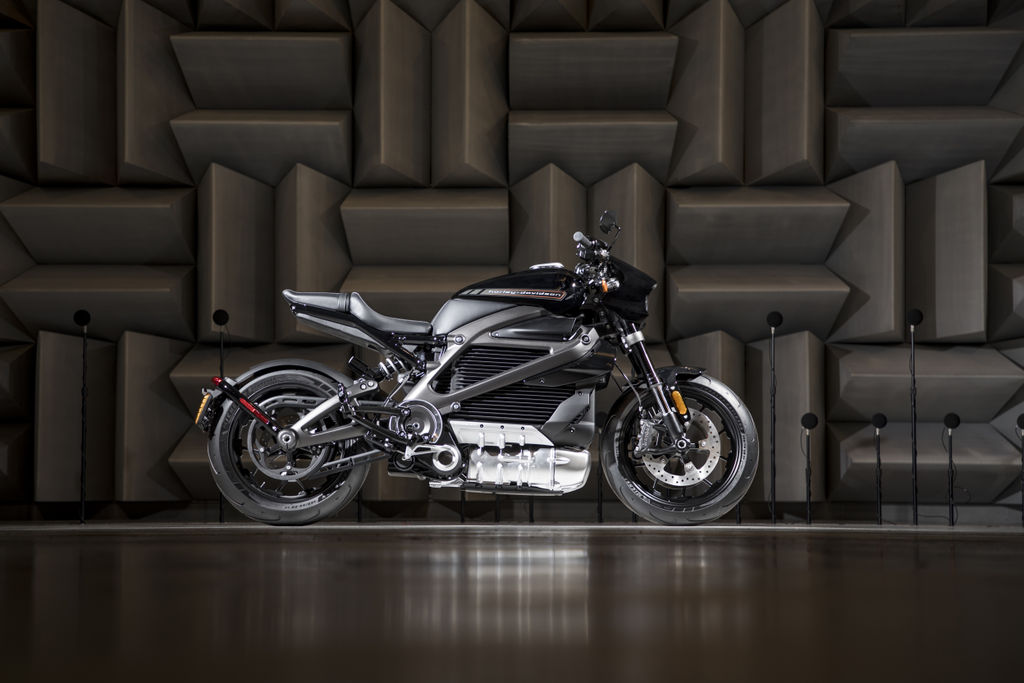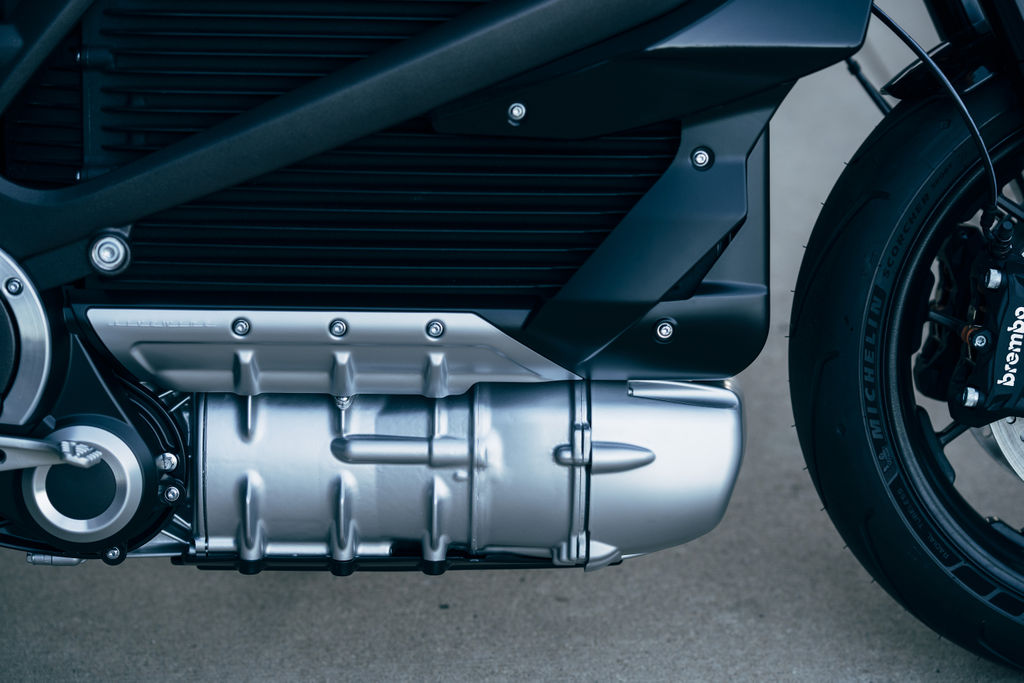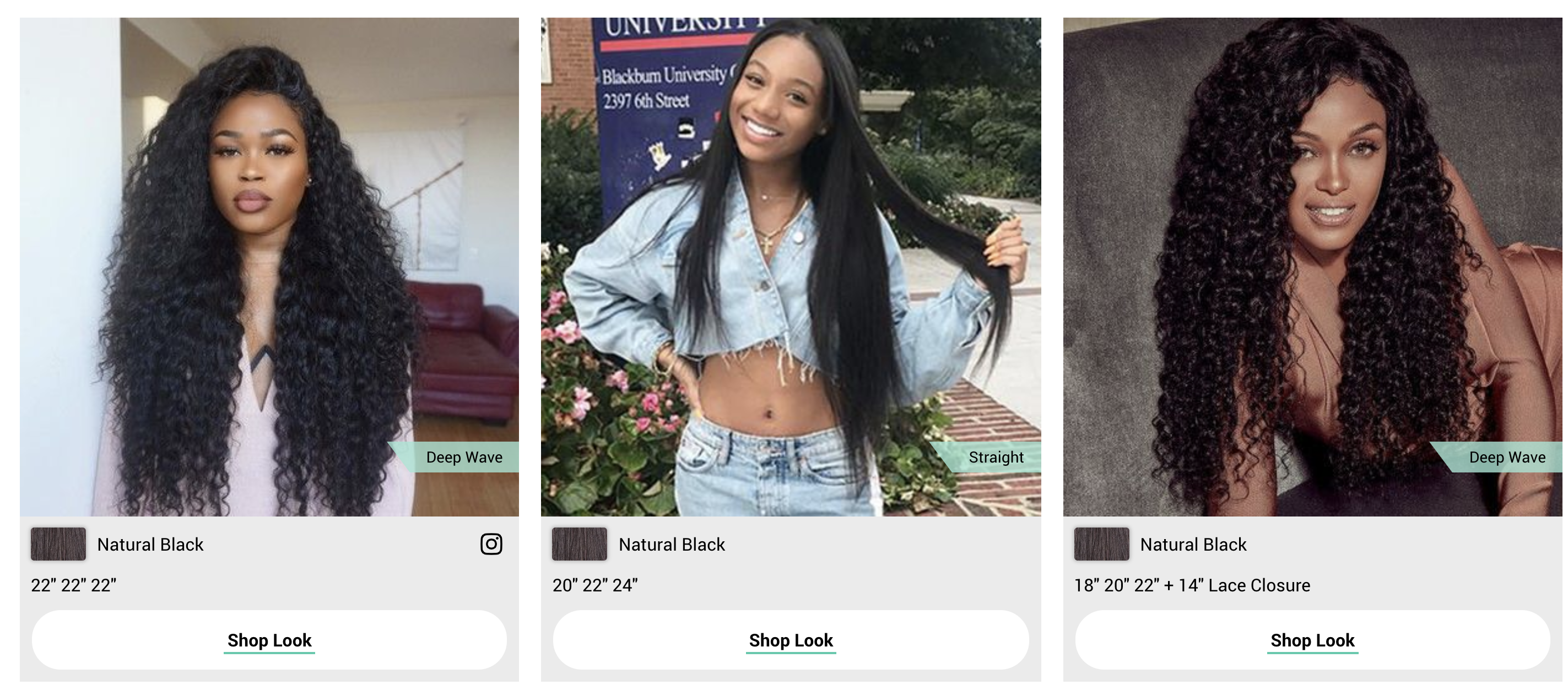Music
Trailers
DailyVideos
India
Pakistan
Afghanistan
Bangladesh
Srilanka
Nepal
Thailand
Iraq
Iran
Russia
Brazil
StockMarket
Business
CryptoCurrency
Technology
Startup
Trending Videos
Coupons
Football
Search
Download App in Playstore
Download App
Best Collections
Technology
After hyping its unveil of its long-rumored folding smartphone, Samsung kind of delivered an announcement, revealing a dual-screen folding phone prototype.
&How can we make the screen bigger without actually increasing the size of the device itself& a Samsung exec posited onstage.
The company showcased a prototype of its &Infinity Flex Display,& a device that can be unfolded. In a pitch black room, a company exec showcased the device, which was housed in a larger case to &obscure the form factor.& Therea conventional outer display on the front with a fairly low screen-to-body ration, but when you unfold the phone, therea massive 7.3″ display on the inside.
Ita bit surprising that the folding display is on the inside of the phone rather than the outside edge, though I&m sure itmuch easier for the company to build a reliable display if the actual folding part of the screen doesn&t have to account for the entire side of the phone.
When you open the phone, your open apps will move from the front display to the tablet-sized display, functionality only possible thanks to some updates to Android.
Itclear that despite hyping this &innovation,& Samsung isn&t quite ready to release a device of this type yet.The company says it will start mass production of the new display type in the coming months. The company teased more announcements surrounding the device at the next Samsung Unpacked event in 2019.
Whether this is the future of the phablet or not, itcertainly an evolution of the smartphone form factor. Samsung believes that the folding display is the &foundation of the smartphone of tomorrow,& but whether theremore beyond the gimmick certainly wasn&t clarified today.
- Details
- Category: Technology
Read more: Samsung shares a glimpse of its folding ‘Infinity Flex Display’ smartphone
Write comment (94 Comments)Netflix internal hackathons have consistently produced fun and often silly hacks, from that &Netflixtendo& hack a few years ago that let you run Netflix on the original NES to the more recent &audiobook mode& that turned Netflix series into old-school radio shows by way of Audio Descriptions. This yearhackathon doesn&t disappoint either, with new hacks that are both as goofy and interesting as in years past, including an AR and Face ID-powered hack that lets you navigate Netflix with just your eyes, another designed for &Sharknado& fans and more.
&Jump to Shark& lets viewers skip right to the good parts of the so-bad-it&s-good &Sharknado,& so they can watch the bloody action sequences with sharks, instead of having to sit through the movieactual plot. Itpretty great, as the video shows.
The AR hack, Eye Nav, is fairly impressive, too.
The hack uses AppleARKit and the technology that enables Face ID for tracking eye position and facial expressions. It tracks your eye position to move a pointer around the screen, then measures the time spent on the same area to trigger a &tap.&
If you want to dismiss a screen, you can just stick your tongue out.
While the resulting hack is definitely fun, there are also implications for accessibility use cases in the future.
The hack was produced in 24 hours, so it may not be stable enough for real-world use, but itdefinitely an interesting idea.
A third hack doesn&t involve Netflix, but rather the productivity software Slack, used by Netflix employees.
&LunchBot& connects co-workers who are too busy to go to lunch, by inviting them to eat lunch together — virtually, while in a Slack chat. The app also checks everyonecalendars to make sure they&re free.
Other hacks this year included those for product improvements, enhancements to its internal tools and some that were just for fun. A few of these were showcased in its Hackday 2018 video, such as a map for locating studio production resources, an &easy login& system and a version of Animoji using Netflix characters.
But the larger goal of Netflixhackathon, as you can probably tell, isn&t necessarily about creating features that will later be productized (although, c&mon…Jump to Shark!), but they sometimes serve as inspiration for features further down the road, the company says.
- Details
- Category: Technology
Read more: Netflix’s hackathon produces a way to navigate its iOS app with ARKit and Face ID
Write comment (97 Comments)Itbeen a four-year wait since Harley-Davidson first showed off a concept electric motorcycle. Now, the production-ready bike — called the Harley-Davidson LiveWire — is finally here. Well, almost.
The Milwaukee, Wisconsin-based company unveiled the production-ready electric motorcycle Tuesday at the EICMA motorcycle show in Italy. It won&t be available, though, until next year.

Harley is placing a big bet on electrification in hopes that it will revive the brand, which has struggled in recent years. LiveWire is supposed to be the first in what will be a portfolio of electric Harley-Davidson motorcycles that will be available by 2022.
To encourage the switch to electric, Harley will install Level 2 public chargers at dealer locations that sell the electric bikes.
Harley didn&t release pricing or range and performance information on LiveWire. There were some new (and of course some rehashed) details on the specs of the bike though.
The bike will be powered by apermanent magnet electric motor that is locatedlow in the motorcycle to lower the center of gravity and improve handling at different speeds and make it easier to control when stopped, the company said. The LiveWire will have two batteries: the main battery, composed of lithium-ion cells surrounded by a finned, cast-aluminum housing, and a small 12-volt lithium-ion battery that powers the lights, controls, horn and instrument display.

The bike can be charged with a Level 1 charger that plugsinto a standard household outlet with a power cord that stores below the motorcycle seat. For faster charging, it can also be charged viaLevel 2 and Level 3, or DC Fast Charge (DCFC), through a SAE J1772 connector in the U.S., or CCS2 & IEC type 2 charging connector in international markets.
LiveWire will have seven riding modes,three of which are rider-defined. The modes will be tuned with adjustable high-specification Showa suspension. The bike will also have an adjustable color touchscreen display located above the handlebar. The screen gives riders access to the interface for Bluetooth connectivity, navigation, music and other features.
The bike won&t have that trademark gas-powered sound, so Harley has given it a tone that will increasein pitch and volume with speed. The company says the new sound &represents the smooth, electric power of the LiveWire motorcycle.&

The bike is fitted with Brembo Monoblock front-brake calipers gripping dual 300 mm-diameter discs. It also has an anti-lock braking system and traction control system, which will come standard.
The company says it will reveal more product information on LiveWire, as well as details about the pre-ordering process, in January 2019.
- Details
- Category: Technology
Read more: Harley-Davidson bets its future on the LiveWire electric motorcycle
Write comment (95 Comments)Pitching customers a new, all-inclusive service for buying and installing hair, Mayvenn is looking to significantly expand its haircare business and just raised $23 million in a new round of funding to do it.
The new financing was led by Essence Ventures — and it represents the first outside investment by the holding company owned by serial entrepreneur Richelieu Dennis .
A millionaire many times over, Dennis was the founder and chief executive of SunDial brands — a line of skin and haircare products which sold to Unilever for $240 million. He used that exit to create Essence Ventures with the acquisition of Essence magazine from Time Inc. and has now, with Mayvenn, is working to create a media and investment powerhouse.
Dennis joins a clutch of celebrity investors and venture capital firms in backing Mayvenn. Previous investors include Andreessen Horowitz, Cross Culture Ventures, Trinity Ventures along with a clutch of super famous athletes and music moguls like Serena Williams, Andre Iguodala, and Jimmy Iovine.
Dennis says the new capital infusion for Mayvenn is a testament to the vision of its founder and chief executive Diishan Imira.

&Diishanvision is very big,& Dennis said. &Hebuilding a platform to service a space and a consumer that has not been served and certainly not in this way.&
With the new cash in hand Mayvenn is going to market with a new value proposition for its network of stylists and their customers. Before, Mayvenn would sell hair direct to consumers and then provide those consumers with a marketplace of stylists that would install the hair.
Thata costly proposition for customers who can spend as much as $250 for the hair and another $250 for the service.
Now, Mayvenn is going to make it so customers can buy the hair directly from the company, and Mayvenn will match that customer with a hair stylist who will install the hair. All for the cost of the hair itself.
&Customers will be able to buy hair and the installation service for probably 40% less than what they normally would have paid,& says Imira.

Imira first got started selling hair while he was living overseas in Shenzhen in Shanghai from 2003 to 2005. A world traveler who has spent time in Brazil, Ethiopia, France, Japan and China, Imira always had an entrepreneurial spirit, but it was after his stint in business school that he returned to Oakland with the idea for Mayvenn.
The company was accelerated through 500 Startups in 2013 and before that Imira was buying and selling hair for relatives who worked at salons and barbershops.
&I&m just a kid from Oakland selling hair out of the trunk of my car,& Imira says, laughing. &I always saw these barbershops and hair salons as points of commercial distribution. When I started selling hair i said, ‘This is crazy. How come you guys are not making any money off of selling this product'&
There are $6 billion worth of haircare products sold in the African American community annually and Mayvenn is grabbing an increasingly larger share of that pie since its launch. Imira says the company has done $80 million in revenue in the five years since it graduated from 500 Startups. And the company has paid out over $20 million in commissions to its hairstylists.

Mayvenn chief executive officer Diishan Imira
&Now we really want to increase that number. Our number one metric is that number. How much are we paying hair stylists& Imira says.
For Imira, Mayvenn is about developing entrepreneurial talent from within the black community. &Black women are buying $9 billion of hair products in general and they&re buying it from these corner stores and 90% of those are owned by people not in the community,& he says. &All of those dollars flow out of the community and nobody is getting a piece.&
With its new offering, Mayvenn is giving more money back to consumers, getting more money out to stylists and cutting the middleman out of the equation,& he says.
Along with co-founder Taylor Wang, who serves as the companychief operating officer, Imira says Mayvenn has built a business whose only real online competitor is the Chinese wholesale service AliExpress.
Indeed, what separates Mayvenn fom the other startups that are trying to sell hair and beauty products directly to consumers is the network of stylists that the company has built.
&The biggest competitor for selling direct to consumers is AliExpress,& and now, with its network and the ability to combine products and services at a wider scale, Mayvenn can provide better service for less, Imira says. &They can&t bundle the hair with the service. We can take the margin out of the hair we can bundle the package. We can be more price competitive than AliExpress and give you better hair and better service.&
- Details
- Category: Technology
Big day for developer events. As Samsung was onstage getting ready to talk about its upcoming foldable phone, Google spilled the beans a bit at its own Android Developer Summit. The company briefly detailed plans to bake support for folding phones into the mobile operating system.
Support for the nascent technology is going to be tough, given whatexpected to be a variety of different form factors, so Googlebeen working with hardware partners. Its first, naturally, isSamsung. The two companies have been working closely on a device it plans to launch &early next year,& according to Google. That device is expected to debut moments from now on Samsungown stage.
Google is referring to the category as &Foldables.&
&You can think of the device as both a phone and a tablet,& Android VP of Engineering Dave Burke explained. &Broadly, there are two variants — two-screen devices and one-screen devices. When folded, it looks like a phone, fitting in your pocket or purse. The defining feature for this form factor is something we call screen continuity.&
Among the additions here is the ability to flag the app to respond to the screen as it folds and unfolds — the effect would likely be similar to the response of applications as handsets switch between portrait and landscape modes.
While Samsungis the most prominent, the companyFoldable isn&t expected to be the first to market. That honor will likely go to RoyoleFlexPai device, though that handset has already been knocked for build quality ahead of launch. Whatever the case, Samsungcertainly not going to be alone here, but it will almost certainly be a market leader.
- Details
- Category: Technology
Read more: Google is adding Android support for foldable screens
Write comment (99 Comments)Samsung has been suffering through a lot of catch-up in the voice assistant race, but at its annual developer conference the company placed a major emphasis on how itexpanding the scale and effectiveness of its Bixby assistant.
The company announced that Bixby would be coming to more devices and more languages with third-party developers finally gaining access to building functionality for the AI assistant.
&For the first time we are opening Bixby to all of you, our developers,& Samsung EVPEui-Suk Chung announced onstage.
The company is pledging to bring the assistant to watches, refrigerators, tablets, washing machines and more, and in the coming months will be adding support for five additional languages. While these promises seemed to sit a bit further down the line, the company was ready to talk about their Bixby developer kit during the keynote.
The company announced the release of the Bixby Developer Studio, a set of dev tools that&way ahead of the other guys,& Viv Labs CEO/ Siri co-founder Dag Kittlaus told the crowd. The company will also be introducing Bixby Marketplace, a home for users to discover the new functionality of their voice assistant.
Bixby may have a long road ahead to catch up with other companies, but third-party integrations are something that none of the major voice assistant platforms have nailed. If Samsung can continue to invest in the platform and court developers with sophisticated tools, they may have better luck in gaining third-party integrations that feel more ancillary.
- Details
- Category: Technology
Read more: Samsung opens its Bixby assistant to developers
Write comment (100 Comments)Page 3718 of 5614

 19
19





